April 11 celebrates the International Day for the liberation of prisoners of fascist concentration camps
The Buchenwald concentration camp received the first prisoners of 15 on July 1937 of the year. The first prisoners of the camp were German political prisoners, criminals, Jehovah's Witnesses, homosexuals, homeless. 14 August 1937, the first prisoner was hanged in the camp, it was 23-year-old worker from Altona Herman Kempek. 4 June 1938, a worker Emil Bargattsky was hanged in front of the prisoners of the camp; this was the first case of a public execution in a Nazi concentration camp. In total, more than 1937 thousands of prisoners from all over Europe, including Soviet prisoners of war, as well as Jews and Gypsies, passed through the main camp of Buchenwald, located on Mount Ettersberg, and about a hundred of its small satellite camps from July 1945 to April 250. About 56 thousands of them remained forever in the "beech forest", they died from torture, exhaustion and inhuman medical experiments. In a specially equipped room, SS men shot about 8 order of thousands of Soviet prisoners of war.
The SS mocked the prisoners of this camp not only physically, but also morally. The inscription, located at the gates of the Buchenwald concentration camp, went down in history forever, becoming famous, it can be read at the gates today (in 1958, the Buchenwald memorial complex was founded in the camp, which is still in effect). The inscription is an interpretation of the principle of Roman law and reads: "To each his own." This forged inscription appeared on the inside of the gates of the concentration camp at the start of the 1938 of the year by order of the Buchenwald leadership.
The Buchenwald concentration camp lasted until April 1945. In the spring of this last year of World War II, no one doubted its outcome. The Nazi leaders, realizing that Germany was losing the war, embarked on a plan for the complete destruction of the concentration camps, together with their prisoners, in order to cover the traces of their monstrous crimes. All prisoners of the Buchenwald concentration camp were doomed to inevitable death.
However, the leadership of the concentration camp did not know that for several years his prisoners were engaged in preparing for an armed uprising. In Buchenwald, by the 1945, there were already several underground resistance groups, the most numerous of which was a group of Soviet prisoners of war. The same group was the most militarily prepared, since most of the prisoners in the camp were civilians.
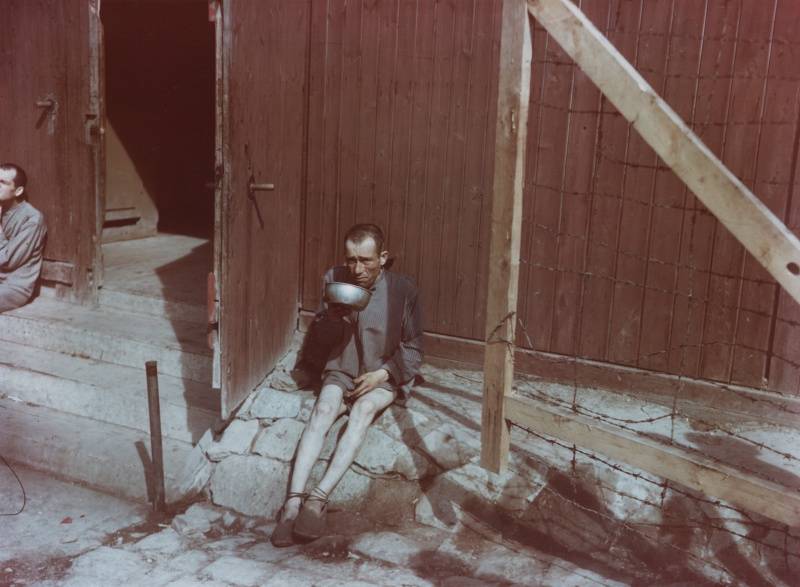
Prisoners working in military factories near the camp risked their lives weapons parts from which pistols and rifles were then assembled. The underground workers made even more than a hundred hand grenades from pipe scraps and explosives mined at factories. According to the recollections of the surviving prisoner of the concentration camp and an active participant in the local underground, Nikolai Kung, these grenades were similar to the Soviet RGD. All preparations for the resistance movement in the camp were prepared with the expectation of an advantageous moment for the uprising, which was to come with the approach of the American or Soviet troops to the camp. At the same time, the mass destruction of prisoners begun by the Nazis required the underground to force events.
By April, 1945, the strike force of the underground workers in Buchenwald were 178 fighting groups, the total number of which was about two thousand people. One third of them were Soviet prisoners of war, among the rest were representatives of numerous European nations: the Germans themselves with the Austrians, the French, the Poles, the Dutch, the Belgians, the Yugoslavs, the Czechs, the Slovaks, etc. On April 1, the International Committee of the Buchenwald concentration camp, led by the German anti-fascist Walter Bartel, decided to launch an armed uprising. Then it was decided that the time for the uprising had not yet come, but the situation for the prisoners of Buchenwald became more and more threatening with each passing day. The camp guards did not hide from the prisoners that they would either be poisoned with gas or bombed, they should not have left anyone alive.
2 April 1945, the commandant of the Buchenwald camp, Hermann Pister, demanded that all camp Jews build up on the main square "for evacuation." But no one came to his call. The next day, the camp leadership summoned those who were suspected of organizing underground activities, but the prisoners were hid in barracks. Over the next few days, the camp’s orders were openly sabotaged by prisoners. And the guards, who were well aware of the situation on the fronts, were afraid to proceed to the total extermination of concentration camp prisoners.
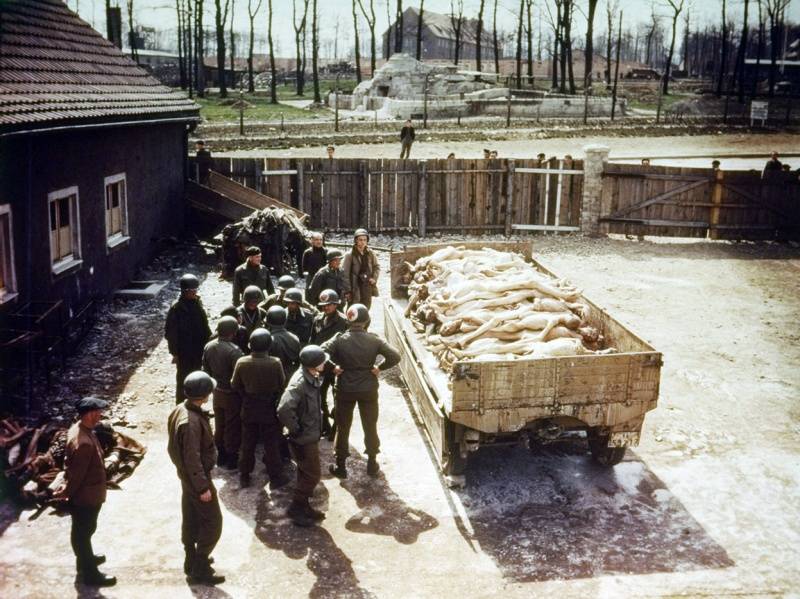
On April 9, the head of the Buchenwald concentration camp announced the construction for the evacuation of all the prisoners of the camp, but even then no one responded to this order. On the same day, the underground workers managed to broadcast a call for help on the radio; it was addressed to the units of the anti-Hitler coalition troops. Because of their remoteness from the camp, the Soviet troops were unable to receive the transmitted signal, and parts of the 3 American Army, having received the message, initially didn’t react to it at all. At the same time, on April 10, the cannonade was heard in the camp, the front inexorably approached the territory of the concentration camp.
11 On April 1945, an armed uprising broke out in the Buchenwald concentration camp. The detachments of Soviet prisoners of war were led by Lieutenant Colonel Ivan Ivanovich Smirnov, whom the prisoners of the camp called "our comcor." The units commanded by Valentin Logunov and Viktor Khazanov managed to break through the wire fence and capture the German weapons warehouse. Literally within the first half hour, the rebels were able to capture about 200 SS men from the camp guard. Only the iron discipline that reigned in the ranks of the rebellious prisoners made it possible to avoid immediate lynching over the protection of the camp. Several hundred more escaped camp guards were captured by militant groups of rebels during the combing of the Buchenwald area.
By 5 hours of the evening 11 on April 1945, Buchenwald was completely released by the prisoners, a red flag was developed over the camp. On the same day, American intelligence officers appeared in the vicinity of the camp. But the main forces of the 3 American Army entered the camp only on April 13. Within two days before this, the Buchenwald concentration camp was already under the complete control of the rebels. Later, according to the UN decision, the date of April 11, the day when the prisoners of the Buchenwald concentration camp raised an armed uprising and won their freedom, was approved by the International Day for the Liberation of Prisoners of Fascist concentration camps.
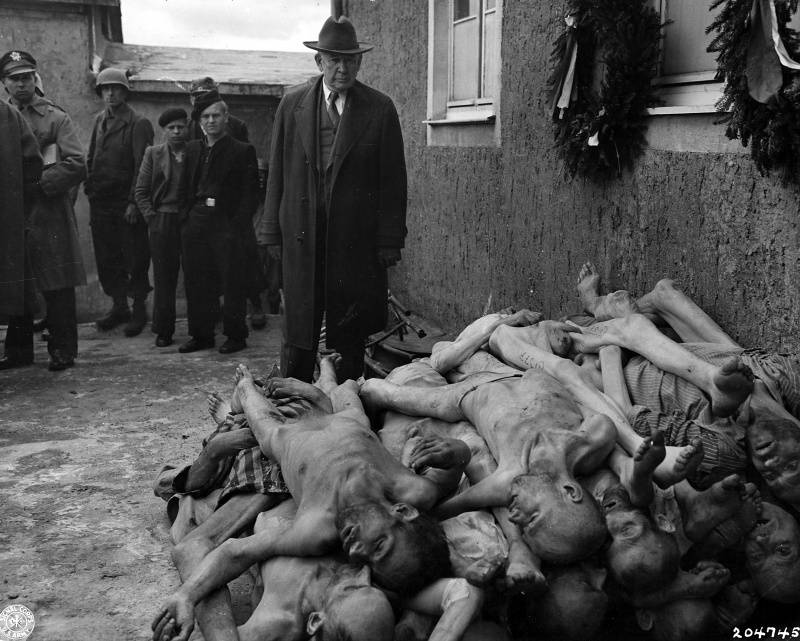
It should be noted that over the last year of the existence of the Buchenwald concentration camp, 13 959 people died in it. Hundreds of depleted prisoners of the camp died after his release. 16 April 1945, on the orders of the American commandant, was sent to the camp by a thousand Weimar residents, in order to demonstrate the atrocities of the Nazis. At the same time most of the inhabitants of Weimar stated that she knew nothing about the activities of the camp.
In total, during World War II, in addition to ghettos, prisons, etc., about 14 thousands of concentration camps operated in Nazi Germany and the Allied countries of the Third Reich, as well as in the territories they occupied. A huge system of concentration camps originated in Germany in the 1933-1934 years after the Nazis came to power in the country. They used concentration camps as an improvised solution to fight tens of thousands of opponents of the Hitler regime.
In total, about 18 million people passed through the system of Hitler concentration camps, of which more than 11 million people were destroyed. The number of children under the age of 14 was in the death camps up to 12-15%. The Nazis were starving the prisoners of the camps, poisoning them in gas chambers, mocking them, putting terrible medical experiments, testing new drugs, torturing and raping them, forcing them to work to the point of exhaustion. The corpses of prisoners were often burned in furnaces of crematoriums specially built in the camps. Among those killed in the Nazi concentration camps were about 5 millions of citizens of the Soviet Union. The system of concentration camps in Germany was eliminated after the fall of the Hitler regime and the defeat in the war. The International Military Tribunal in Nuremberg condemned the system of Nazi concentration camps as a crime against humanity.
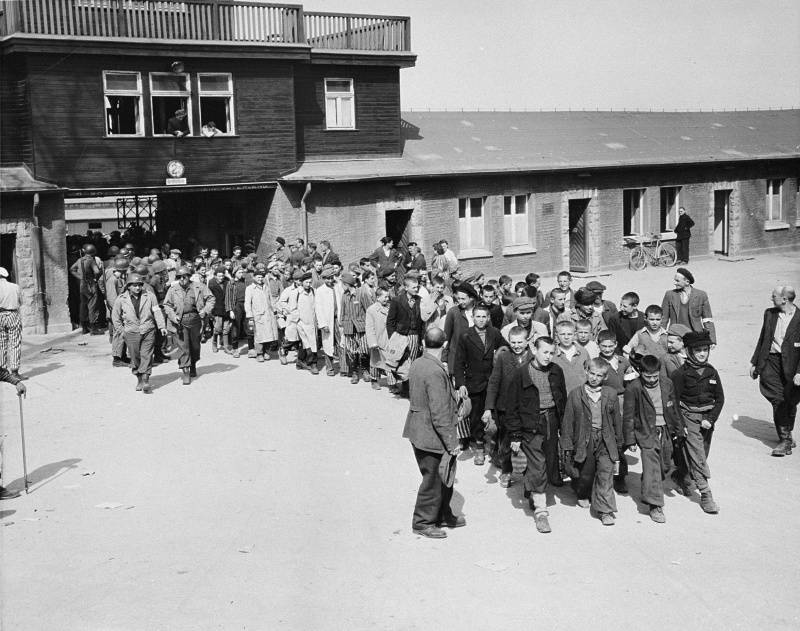
Every year the events of the Second World War are moving further and further away from us, but we have no right to forget about the victims and sufferings of people who went through the system of Nazi concentration camps, many of them remained forever behind the gates of the death camps. Every year on April 11 in the world is celebrated the International Day for the liberation of prisoners of Nazi concentration camps. On this day, numerous commemorative events, worship of the fallen, laying flowers at the graves and burial places of the victims of fascism, commemoration of all the victims are held.
Humanity has no right to forget about these terrible events. Only by keeping the memory of all the prisoners of the German concentration camps and paying tribute to the people who survived in this hell, we can hope that such atrocities and crimes against humanity will never happen again in the history of our planet.
Information sources:
http://www.aif.ru/society/history/pobediteli_konclager_buhenvald_osvobodili_ego_uzniki
https://ria.ru/spravka/20140411/1003173402.html
http://photochronograph.ru/2013/05/24/zhizn-i-smert-v-nacistskix-konclageryax-ch2
Open source materials
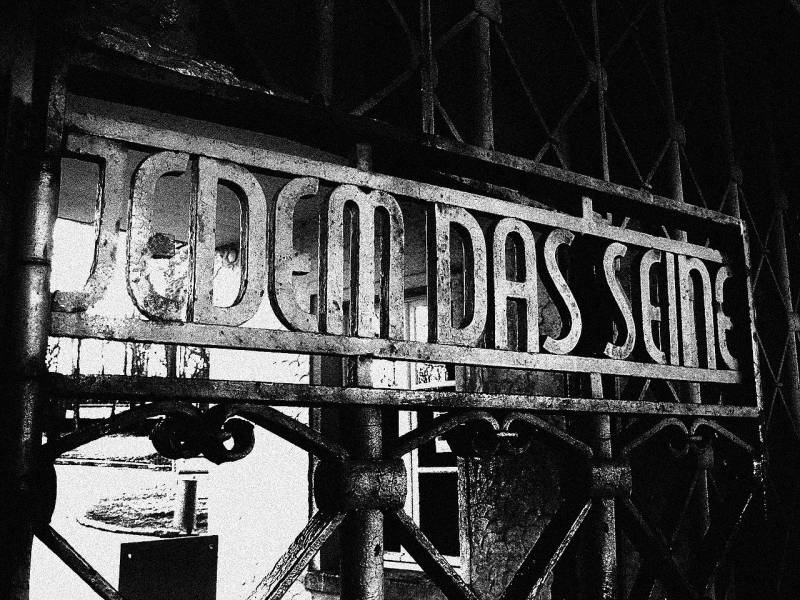
Information